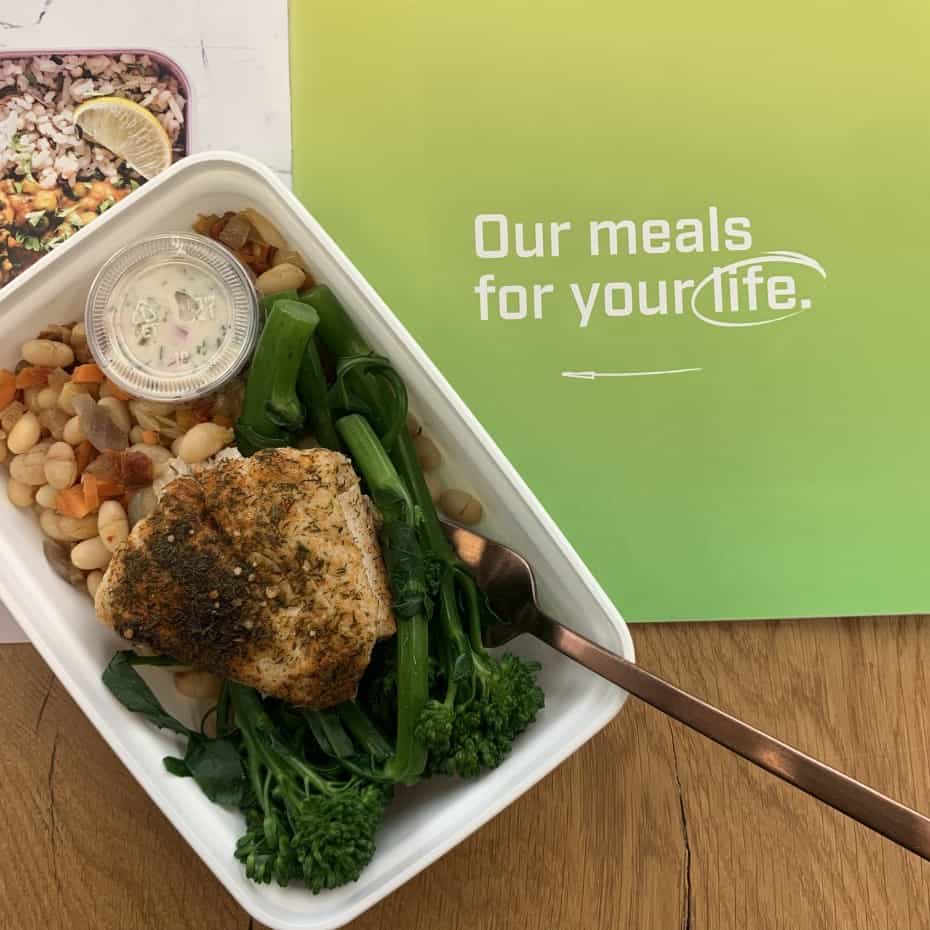Elevate Your Performance with Post-Workout Nutrition from Athletes Kitchen
Optimize Your Gains: Mastering Post-Workout Nutrition
At Athletes Kitchen, we’re committed to fueling athletes worldwide to ensure their hard-earned training doesn’t go to waste. In this edition, we dive into the realm of post-workout nutrition, unveiling the key to maximizing your gains after a rigorous session.
The Aftermath: Why Post-Workout Nutrition Matters
Just as pre-workout fuelling is vital to prime your body for action, post-workout nutrition is equally crucial to capitalize on your training efforts. Imagine your workout as a masterpiece – without the right nourishment afterward, the canvas remains incomplete.
Shifting Priorities: From Glycogen to Muscle Synthesis
Unlike pre-workout nutrition, where glycogen replenishment takes precedence, post-workout focuses on jumpstarting muscle protein synthesis. While glycogen restoration remains important, the spotlight now shines on protein intake to promote muscle repair and growth.
Strategic Timing: Crafting Your Post-Workout Meal
Crafting your post-workout meal’s timing hinges on when you consumed your pre-workout fuel. If your pre-workout meal was an hour prior, allow 4-5 hours before your post-workout nourishment. This interval optimizes nutrient absorption and muscle recovery.
Protein and Carbs: The Perfect Duo
For protein, aim for 0.4-0.5 grams per kilogram of body weight. As for carbs, the ratio depends on factors like the session type and your fitness goals. Maintain at least a 1:1 protein-to-carb ratio post-workout to sustain recovery and avoid energy crashes.
Smart Choices for Ultimate Recovery
Post-workout, prioritize easily digestible protein sources and carb-rich options to kickstart muscle repair and glycogen replenishment. Think protein and fruit shakes, lean chicken with rice, or nutrient-packed cod with baked potatoes.
Read more on proper recovery: Optimizing Recovery: The Power of Nutrition and Lifestyle
EXERCISE
Unwind and Recover: The Art of Post-Workout Cooling Down
The finish line of your workout doesn’t signal an abrupt halt. Embrace a 10-minute cooldown to transition from your active state to a parasympathetic one. Just as your warm-up prepares you for action, a cooldown sets the stage for optimal recovery.
Navigating Sympathetic to Parasympathetic
Exercise elevates us into a sympathetic state – the “fight or flight” mode. While this response is essential during training, returning to a parasympathetic state, the “rest and digest” mode, is equally important for recovery. Transitioning to this state enhances digestion and primes your body for nourishment.
Sample Cool Down Routine:
- 10-minute gentle recovery walk, bike, or jog
- Combination of dynamic and static stretches, targeting worked muscle groups
- Deep belly breathing to induce relaxation
- 5-minute meditation for mental clarity and recovery support
DID YOU KNOW?
Unlocking Parasympathetic Power: The Vagus Nerve Connection
The vagus nerve, a key player in the parasympathetic nervous system, influences vital bodily functions. Enhance its activity through techniques like box breathing, alternate nasal breathing, gargling, and humming. Stimulating the vagus nerve promotes optimal recovery.
Hungry for More Wisdom?
Don’t miss these enriching reads from Athletes Kitchen:
- Pre-Workout Nutrition: Fueling Your Training with Athletes Kitchen
- Intra-Workout Nutrition: Nourishing Your Performance Mid-Session
- Dive into the World of Fiber: Exploring the Essence of Fibre
